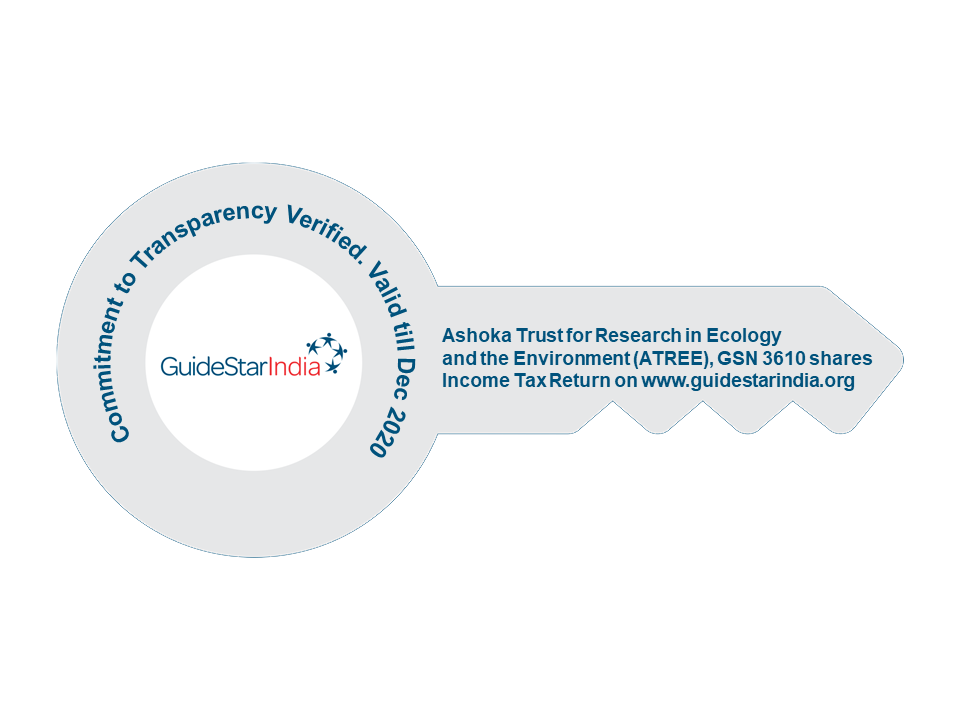Assessing catchment-scale performance of in-stream Provisional Green Infrastructure interventions for Dry Weather Flows
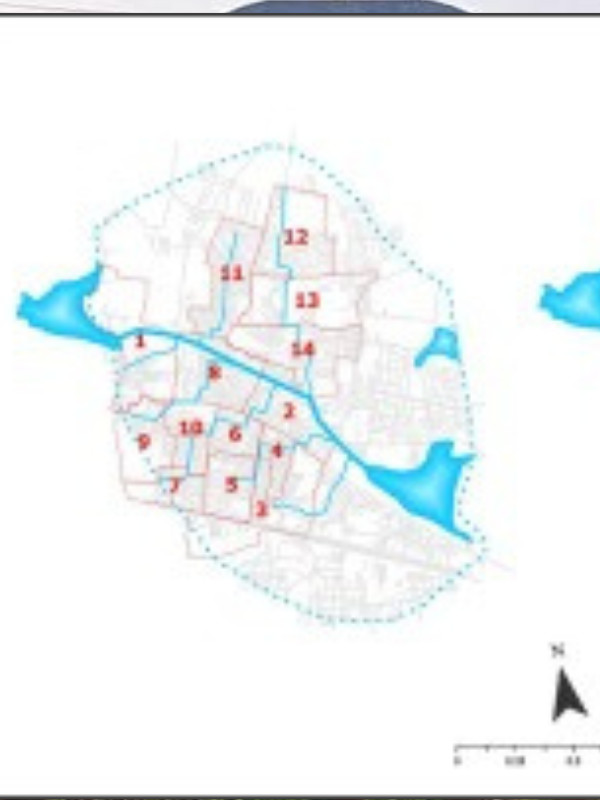
Daniel Philips, Priyanka Jamwal, Mark Lindquist, Andrew Gronewold Landscape and Urban Planning | October 2022
Managing Irrigation Under Increasing Water Scarcity

Soumya Balasubramanya, Nicholas Brozović, Ram Fishman, Sharachchandra Lele, Jinxia Wang Agricultural Economics | October 6, 2022 With rising physical and economic scarcity of water, increasing or sustaining agricultural production while limiting or reducing consumptive water use is an urgent challenge. This article examines the case of four countries—India, China, western United States, and Israel—where there is a long history […]
Experts see markets emerge for Bengaluru’s wastewater
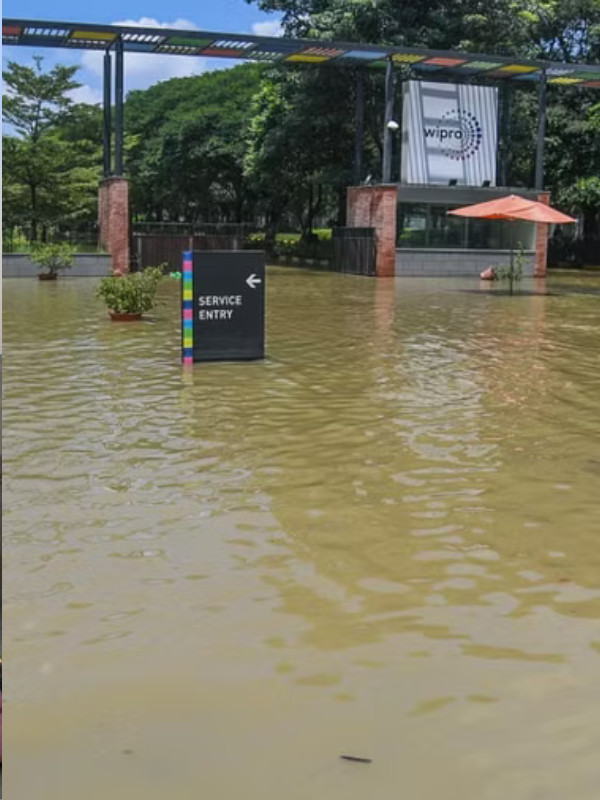
Bengaluru generates around 1,500 MLD (million litres per day) of wastewater, an estimated 50% of which gets treated and reused
An eco-friendly twist to constructing homes

Bangalore Mirror | September 8, 2022
A Multi-pronged Approach to Source Attribution and Apportionment of Heavy Metals in Urban Rivers
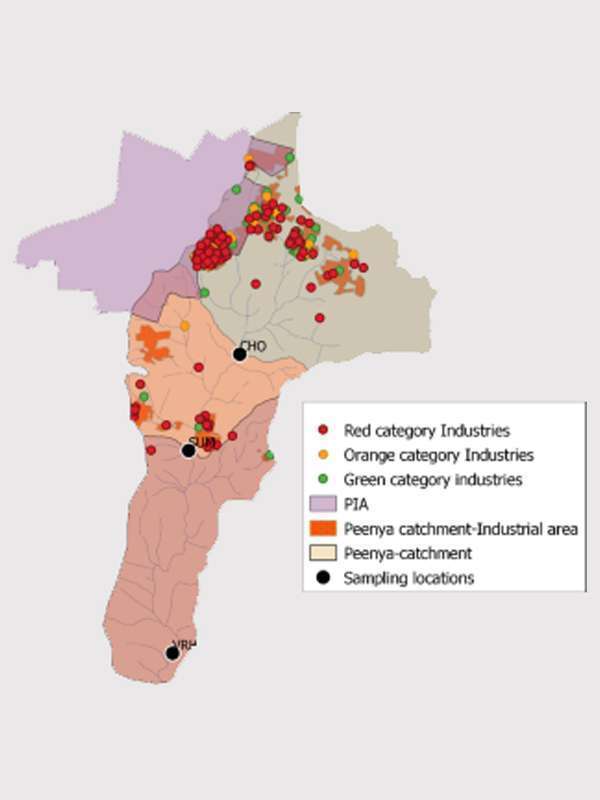
Priyanka Jamwal, Divya Nayak, Praveen Raje Urs, Mohamed Zuhail Thatey, Malavika Gopinath, Mohammad Idris & Sharachchandra Lele Ambio | June 8, 2022 Heavy metal (HM) contamination of water bodies is caused by both first generation (industries) and second generation (distributed sources, domestic sewage, sediments) sources. We applied a multi-pronged approach to quantify the contribution of […]
Our Vision for Jaltol

We created Jaltol, an open-source tool, to offer easy access to data to help understand, diagnose and intervene better. Veena Srinivasan Medium | May 22, 2022
What is ‘Agri-Rain’? Field Notes From Anantapur
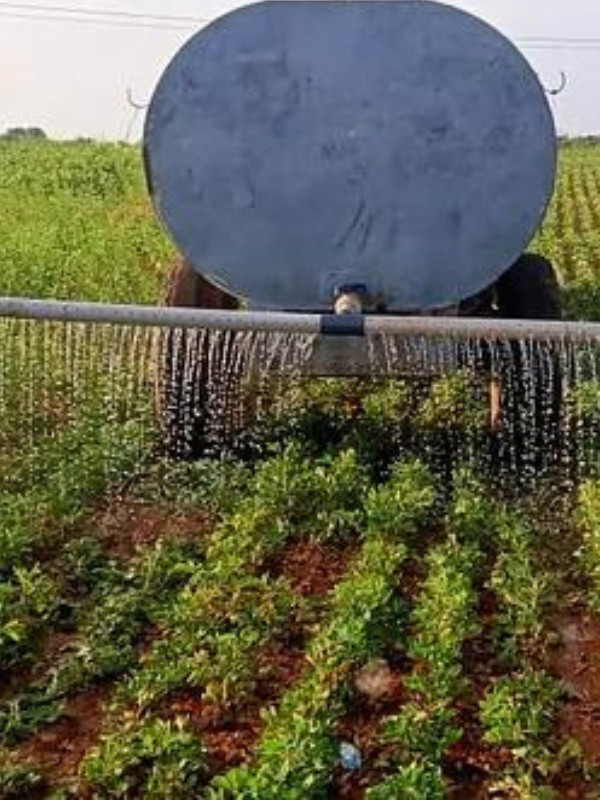
Under protective irrigation, tankers are used to transport water from the local village tank to farms during critical dry spells. Lakshmi Pranuti, Surabhi Singh, Veena Srinivasan
Assessing the role of groundwater recharge from tanks in crystalline bedrock aquifers in Karnataka, India, using hydrochemical tracers
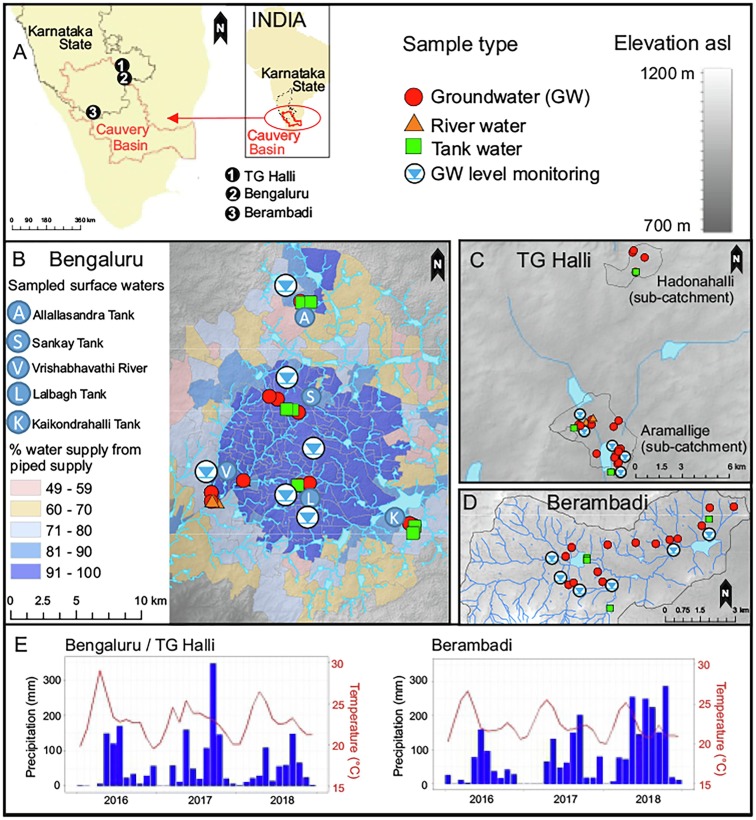
Veena Srinivasan Journal of Hydrology X | Volume 15, 1 May, 2022 The majority of India’s rural drinking water supply is sourced from groundwater, which also plays a critical role in irrigated agriculture, supporting the livelihoods of millions of users. However, recent high abstractions are threatening the sustainable use of groundwater, and action is needed to […]
Crowdmapping Bengaluru’s Vanishing Lakes
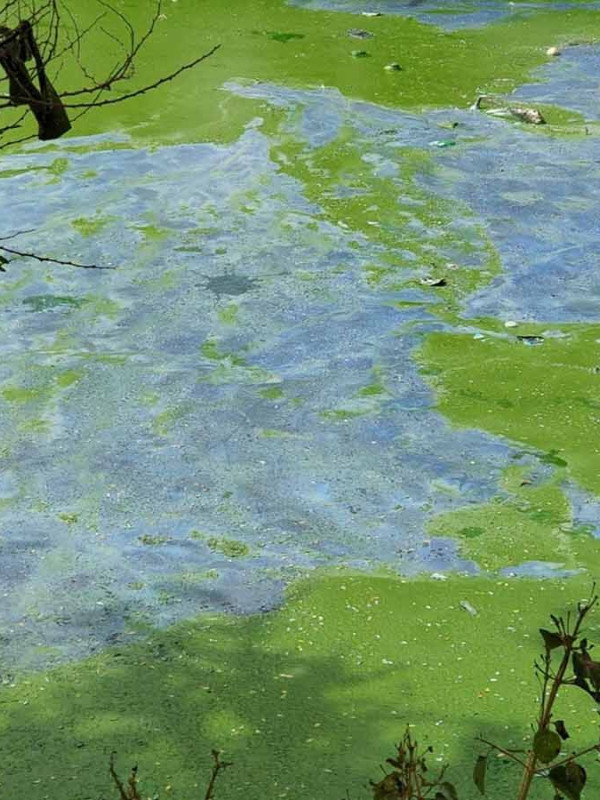
Despite lakes serving an important ecological function, Bengaluru’s government bodies that govern these lakes do not have comprehensive, updated, public records of all lakes IndiaSpends | 7 March, 2022
Satellite and on-the-Ground Data Help Monitor Groundwater in India
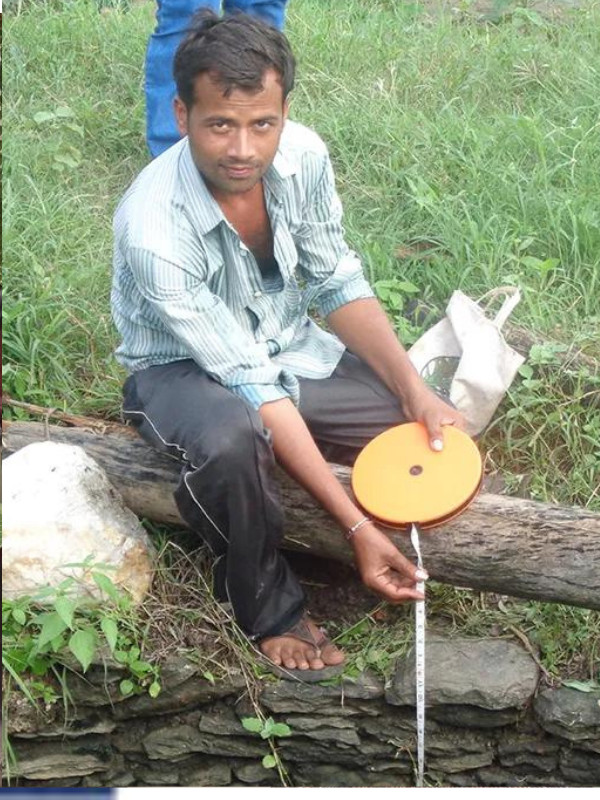
EOS | February 16, 2022 Climate change and increasing water demand are putting stress on water resources in India. The agricultural sector is particularly stressed, as 40% of agricultural villages have already overused groundwater. Scientists estimate that by 2050, agricultural productivity will decrease by 68% in groundwater-depleted areas.


